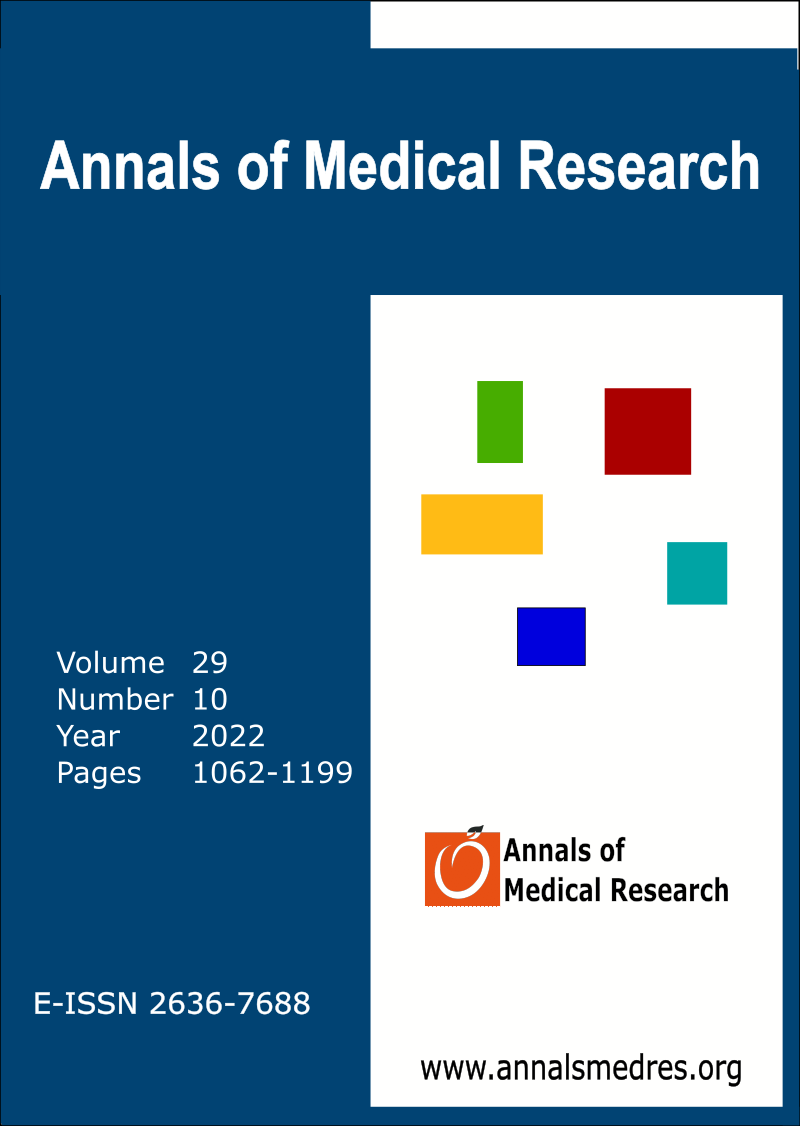Is the reiteration of extracorporeal shock wave therapy beneficial to enhance the bone integrity in type 1 diabetic rats?
Keywords:
Bone geometry, Bone mineral density, Biomechanic, Extracorporeal shock wave therapy, MandibleAbstract
Aim: Type 1 Diabetes Mellitus (DM) is an important endocrine disease that causes disorders in the musculoskeletal system. Extracorporeal shock wave therapy (ESWT) may be effective in the improvement of these disorders due to its reported anabolic effects.
Materials and Methods: The effects of unfocused shock waves on the mandible in healthy and diabetic rats were investigated. 36 wistar albino rats were used and randomly divided into 4 groups: non-diabetic control (n-cont), non-diabetic eswt (n-eswt), diabetic control (d-cont), diabetic eswt (d-eswt). Geometric structure, bone mineral density (BMD) and biomechanical properties of the mandibles were analyzed. Datas were statistically analyzed by one-way variance analysis and Tukey post-hoc test.
Results: According to the results, BMD was lower in the diabetic groups. There was no significant increase in ESWT groups. The surface area of the mandible was significantly lower in the diabetic groups than in the n-cont group. However, it was significantly higher in the d-eswt group than in the d-cont group. Ultimate load values were found to be significantly lower in the d-eswt group than in the d-cont group. While there was no significant difference between the groups in terms of stiffness, ultimate strain and young modulus, lower ultimate stress values were observed in the d-eswt group compared to the d-cont group.
Conclusions: As a result, Type 1 Diabetes Mellitus caused a decrease in bone dimensions and bone mineral density, but did not affect the biomechanical properties. Interestingly, ESWT application caused the bone to be more fragile in diabetics.
Downloads
Published
Issue
Section
License
Copyright (c) 2022 The author(s)

This work is licensed under a Creative Commons Attribution-NonCommercial-NoDerivatives 4.0 International License.
CC Attribution-NonCommercial-NoDerivatives 4.0






